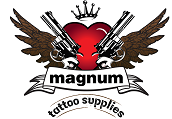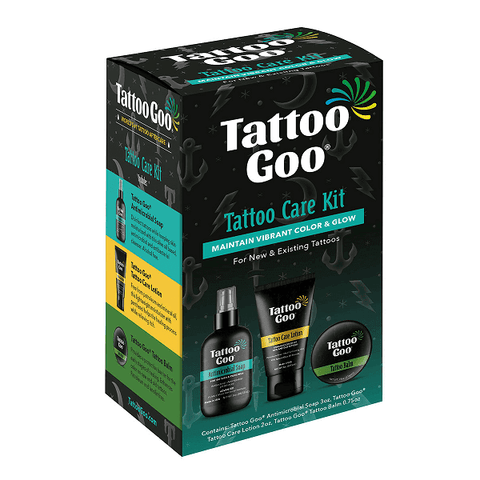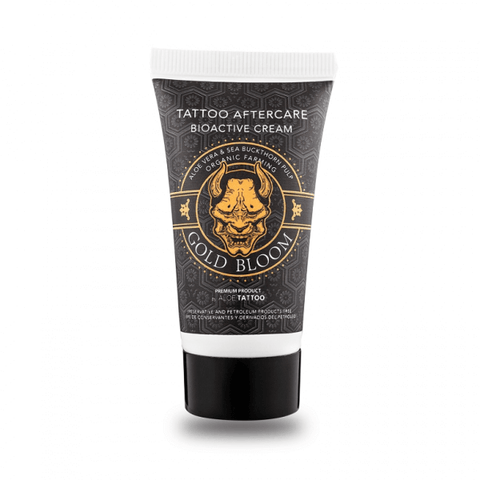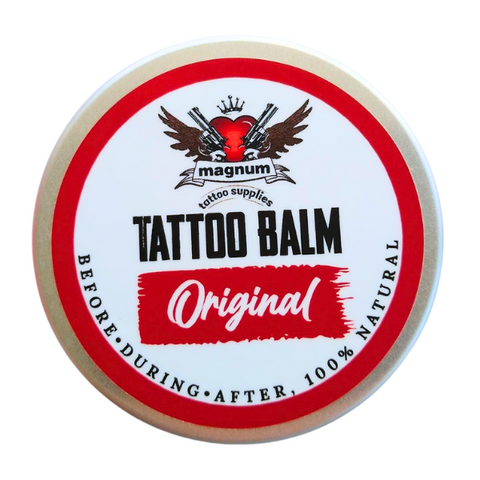What to expect after laser eyebrow tattoo removal: A step-by-step healing journey

Deciding to remove an eyebrow tattoo with laser treatment is a big step towards getting back to your natural look. But, it's not always easy. You might deal with some discomfort, skin changes, and the need for follow-up treatments. Knowing what's ahead can help make the process smoother.
This guide is here to walk you through what to expect and how to handle each step of your healing journey.
What is laser eyebrow tattoo removal?
Laser eyebrow tattoo removal is a non-invasive cosmetic procedure designed to remove unwanted eyebrow tattoos. It utilises focused laser light or beams to break down the ink particles of the tattoo into smaller fragments. These fragments are then naturally eliminated by the body's immune system over time. The laser's wavelength and intensity are carefully selected to target the tattoo ink without damaging the surrounding skin.
Multiple sessions of laser tattoo removal are usually required for optimal results, depending on factors such as the tattoo's size, colour, and depth of the ink. The procedure is favoured for its precision and effectiveness, but individuals need to consult with a qualified professional to assess their suitability for the treatment and understand the potential risks and side effects, such as temporary redness, swelling, and the risk of skin
Immediate post-treatment care instructions
- Cooling the area: Apply a cold compress or ice pack to the treated area immediately after the procedure to help reduce swelling and discomfort. This should be done for the first few hours post-treatment, for about 10-15 minutes every hour.
- Keeping the area clean: Gently clean the treated area with lukewarm water and mild soap. Pat dry with a clean towel and take note, do not rub.
- Moisturising and protecting: Apply a prescribed antibiotic ointment or a gentle moisturiser or lotion to the treated area to keep it moist. This helps in healing and prevents scabbing.
- Avoiding certain activities: Refrain from activities that can cause excessive sweating, swimming in chlorinated pools, or using saunas for at least 48-72 hours after the treatment. These activities can irritate the treated area.
- Not picking or scratching: As the treated area heals, it may scab. It's crucial not to pick at or scratch the scabs, as this can lead to scarring.
- Avoiding sun exposure: Protect the treated area from sun exposure by covering it with clothing or a hat and using broad-spectrum sunscreen with SPF 30 or higher. UV rays can increase the risk of skin discolouration.
For those looking for specialised protection, Dermalize Pro Total Black Sun Block - Protective Tattoo Film (Pack of 5) offers a tailored solution. This innovative product not only shields your skin from harmful UV rays, potentially reducing the risk of skin discolouration but also supports the healing process, keeping the area clean and protected.

Expected immediate reactions
- Redness and swelling: It's common to experience these around the treated area immediately after the eyebrow tattoo removal process. This will eventually subside within a few hours to a few days.
- Slight burning sensation or discomfort: Some individuals may feel a mild burning sensation similar to sunburn immediately after treatment. Over-the-counter pain relief medication can help manage this discomfort.
- Itching: As the healing process begins, you might experience itching. It's important to avoid scratching the area.
- Temporary lightening or darkening of the skin: Some individuals may notice a temporary change in skin colour (either lightening or darkening) in the treated area. These changes are generally temporary but should be monitored.
Timeline of the laser eyebrow tattoo removal healing process

First 24 hours
Immediately after the laser removal, the treated area may exhibit redness, swelling, and a sensation akin to a sunburn. These immediate effects necessitate proper care to mitigate discomfort and initiate the healing process. Applying an ice pack to the area can help reduce swelling and soothe discomfort.
Patients are advised to avoid activities that may irritate the treated area, such as direct sun exposure, applying makeup, or engaging in strenuous activities that induce sweating. Keeping the area clean and protected is crucial during this initial phase.
Days 1-7
In the first week following treatment, the treated area may undergo noticeable changes, including scabbing and peeling. This is a natural part of the healing process as the body works to remove the fragmented ink particles. It's important to gently clean the area with lukewarm water and mild soap, patting it dry carefully.
Patients should continue applying any recommended ointments to keep the area moisturised, facilitating the healing process while avoiding the temptation to pick at scabs or peel the skin, as this can lead to scarring or infection.
Weeks 2-4
By the second to fourth week, the initial scabs will have likely disappeared, marking the onset of deeper skin healing. The treated area may still show signs of healing, but major discomfort should subside. Continued care involves protecting the area from the sun to prevent hyperpigmentation or hyperpigmentation.
Patients should follow any specific instructions provided by their treatment specialist regarding skincare and any restrictions on activities or exposure to certain environments.
Month 1 and beyond
After the first month, the treated area should be well into the final stages of healing, with significant fading of the tattoo pigment as the body continues to eliminate ink particles. The appearance of the eyebrow area will continue to improve over the next several months.
Depending on the size, colour, and depth of the original tattoo, as well as the body’s response to treatment, additional laser sessions may be necessary to achieve the desired level of pigment removal. Follow-up treatments, if needed, are typically scheduled several weeks apart to allow the skin ample time to heal between sessions.
Side effects and how to manage them
Common side effects
- Redness and swelling: This is typically mild and subsides within a few days.
- Blistering: Some people may develop blisters in the treated area. Blisters can be uncomfortable but are generally a sign that the body is healing.
- Scabbing: As the skin heals, you might notice scabbing over the treated area. It's important not to pick at these scabs to avoid scarring.
- Changes in skin pigmentation: Temporary hypopigmentation (lightening of the skin) or hyperpigmentation (darkening of the skin) can occur. These conditions are usually temporary but may last for several months.
- Itching: The healing process can cause the treated area to feel itchy. It's important to avoid scratching the area to prevent damage to the skin.
Rare side effects
- Scarring: Although rare, there is a risk of scarring. This risk increases if the treated area is not properly cared for during the healing process.
- Infection: There's a small risk of infection if the treated area is not kept clean or if post-treatment instructions are not followed.
- Allergic reaction: In rare cases, individuals may have an allergic reaction to the tattoo ink as it is broken down by the laser.

Laser eyebrow tattoo removal healing process recap
Healing from laser eyebrow tattoo removal takes time and care. You can expect some initial discomfort and skin reactions, but these will improve with proper aftercare. Following your technician's advice is key to a smooth recovery. Although you might need multiple sessions of laser tattoo removal treatment to fully remove the tattoo, patience and diligent care will lead to clear, tattoo-free skin.
- Mark Joshua Luz










